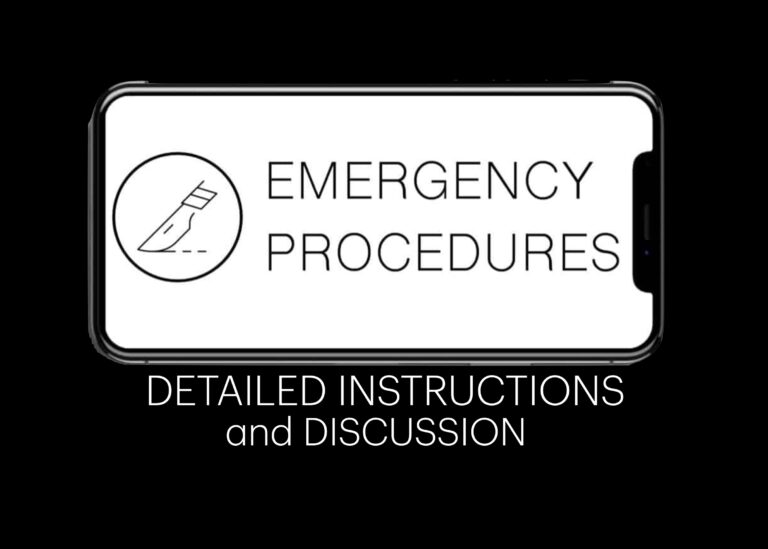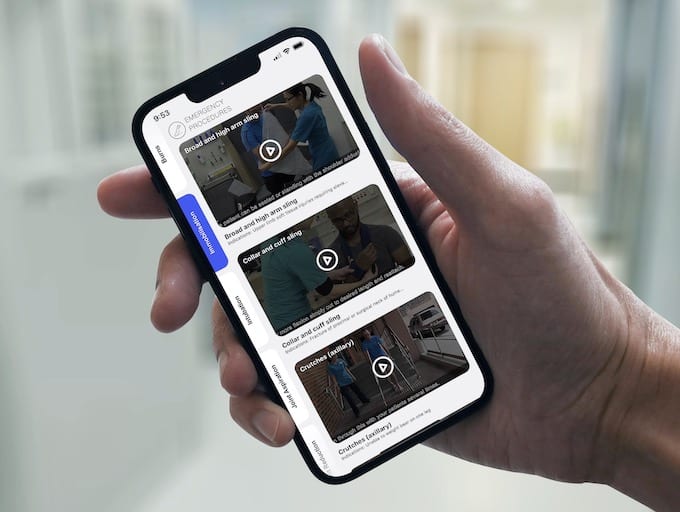
Procedure: Craniostomy
Emergency Procedure: Emergency department Burr holes (Craniostomy). That’s right we are drilling through skulls to save lives!

Emergency Procedure: Emergency department Burr holes (Craniostomy). That’s right we are drilling through skulls to save lives!

Emergency Procedure: Male Seldinger catheter. Difficult male catheters - We recommend a Seldinger technique

Emergency procedure, instructions and discussion: Pericardiocentesis. One of the most difficult and risky but life-saving emergency procedures

Emergency Procedure: Pericardiocentesis. one of the most difficult and risky emergency procedures, but one you already have the ultrasound and line skills to perform well.

Emergency procedure, instructions and discussion: Radial Arterial Line, with a guide made in partnership with a recent publication in Emergency medicine Australasia

Emergency Procedure: Radial Arterial Line, with a guide made in partnership with a recent publication in Emergency medicine Australasia

Emergency procedure, instructions and discussion: Pelvic binders can be applied to patients following blunt trauma if there is any suspicion of pelvic fracture.

Emergency Procedure: Pelvic Binders. Pelvic binders can be applied to patients following blunt trauma if there is any suspicion of pelvic fracture.

High flow nasal cannula represents a therapy which takes advantage of high flows of air and blended oxygen to provide respiratory support

In this episode of our emergency and critical care procedures series we take a look at how to insert a tube thoracostomy.

Ring removal. Safest techniques for removing an entrapped ring from a finger, toe, or penis are reviewed and outlined with video demonstrations

Introducing the SECOND iteration of the FOAMed online, peer reviewed, evidence based, Emergency Procedures app for iOS and android